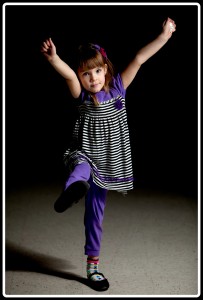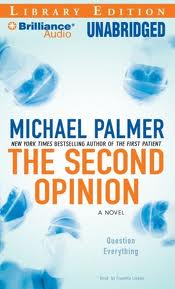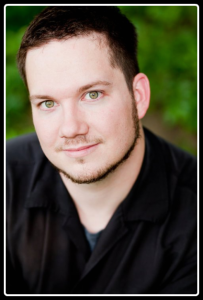 I’ve got a nephew with Sensory Deprivation Disorder. It’s an uncommon phenomenon, and a strange one at that. Basically (as I understand it), his body has trouble recognizing the physical impact of his environment.
I’ve got a nephew with Sensory Deprivation Disorder. It’s an uncommon phenomenon, and a strange one at that. Basically (as I understand it), his body has trouble recognizing the physical impact of his environment.
That kinda sounds like the making of a sci-fi novel, or like some dreadful problem. It’s really not that bad. His sense of touch works just fine, but his brain has trouble…okay, I’m going to stop trying to explain it. What do I know about brain disorders?
Here’s the point I’m getting at. Around the time my daughter was one, my Mom started telling a story about a big breakthrough my sister and brother-in-law had had with this nephew. When he was first diagnosed with the disorder, the doctor’s recommended “high-impact” playing.
In other words, just before bedtime, my brother-in-law would wrestle with his son. With most kids, that would just get them all riled up and make bedtime a nightmare. With my nephew, it helped him feel normal. The rough contact comforted him, and helped him settle down, helped him focus.
I thought a lot about that story. And I thought about lion cubs — or, to be quite perfectly honest, about the lion cubs in The Lion King, but I’m pretty sure those guys did their research. I thought about babies of all species wrestling with their parents. And even without Sensory Deprivation Disorder, I think that’s got to be a comforting feeling.
As parents we’re bigger. We’re stronger. We’re in control. And we spend a lot of time trying to teach our kids that while still being tender, and soft, and gentle. Hearing that story about my nephew, though, inspired me to start playing a little rougher with my daughter.
It horrified Trish, the first time Annabelle came crawling across the room toward me and I knocked her over onto her back. Annabelle squealed with delight, though. I loomed over her, and then (very, very carefully) leaned down to pin her against the floor and rumbled, “Squiiiiish!”
She squirmed and wrestled (and laughed and smiled), and then I pulled away and she screamed for more. It became a regular game for us, and as soon as she started walking I added tripping to the game. I’d squish her for a moment, let her escape, let her get two or three steps away (and picking up speed), then lunge out and grab her ankles.
She’d go crashing to the floor, Trish would gasp in shock, and Annabelle would laugh and laugh as I leaned forward to squish her all over again. It’s still one of her favorite games.
These days she’s bigger, though. She’s grown up, and learned some new skills. She’s been paying attention — to the movies I watch, to the games I play — and I can still remember the day she said, “Daddy, what did you just do to that guy?”
“What guy?” I asked, closing the lid to my monitor.
“The monster guy.”
I thought about it for a moment, and then said, “I knocked him down.” She’d seen that much, anyway. “He was hurting some people, and they asked me to help, so I knocked him down and told him to go away.”
She nodded, accepted that as answer enough, and went on with her day. About half an hour later, I got up to go get a drink from the kitchen, and found her blocking my way.
I blinked at her. “What are you doing?”
She screwed up her face in her best imitation of scary, and said, “I’m gonna knock you down.”
I squared up in front of her, arched an eyebrow menacingly, and said, “Bring it!”
Needless to say, she didn’t have what it took to bring me down. I let her try for a while, then I showed her how it was done. Then I spent the next half hour teaching her karate. That’s our game now. We still play squish from time to time, but we’ve moved up to karate.
She knows how to throw a punch, how to kick, and how to block. She’s got a decent stance, and she can throw an elbow like you wouldn’t believe.
Anytime, without warning, I can aim a punch at her midsection (albeit a slow one) and her first response is to block it. Her second, most of the time, is to say demurely, “No, Dad. We’re not playing karate now. We’re princesses.”
Still, when she feels like fighting, nothing beats karate. Or…it hasn’t yet, anyway. But that may be changing. Last Saturday I was setting up for the photoshoot for my next novel, bringing in props from the car, and she looked up from a puzzle on the coffee table as I came in.
Her eyes lit up, and she jumped to her feet. “Ooh, yay!” she said. “You got a gun! Can I have it?”













